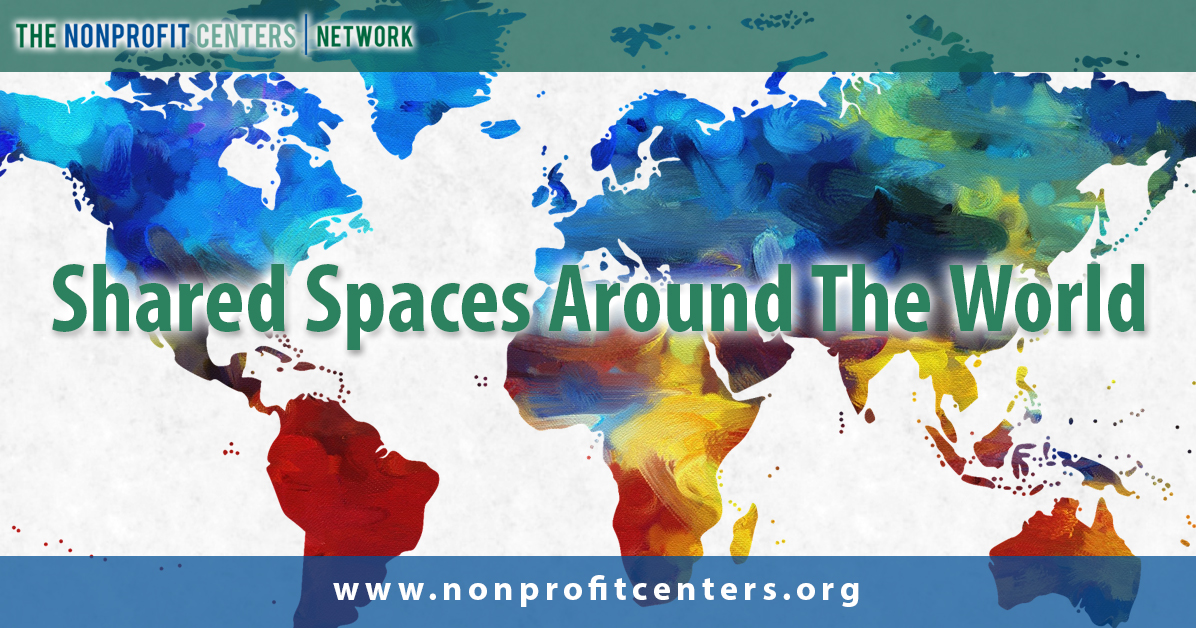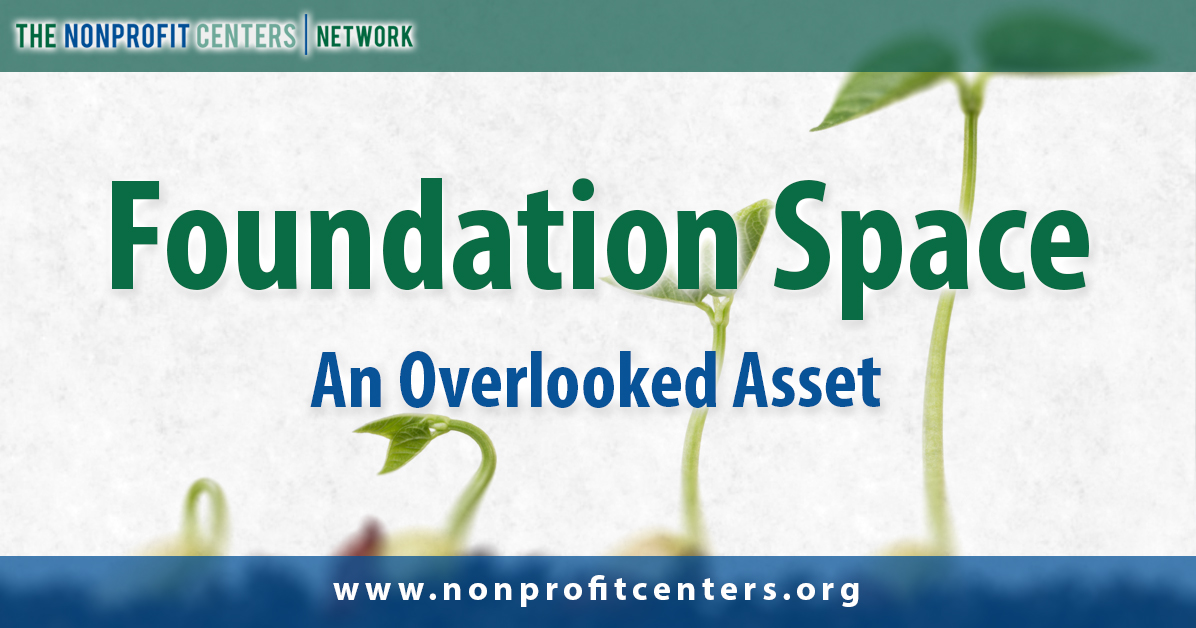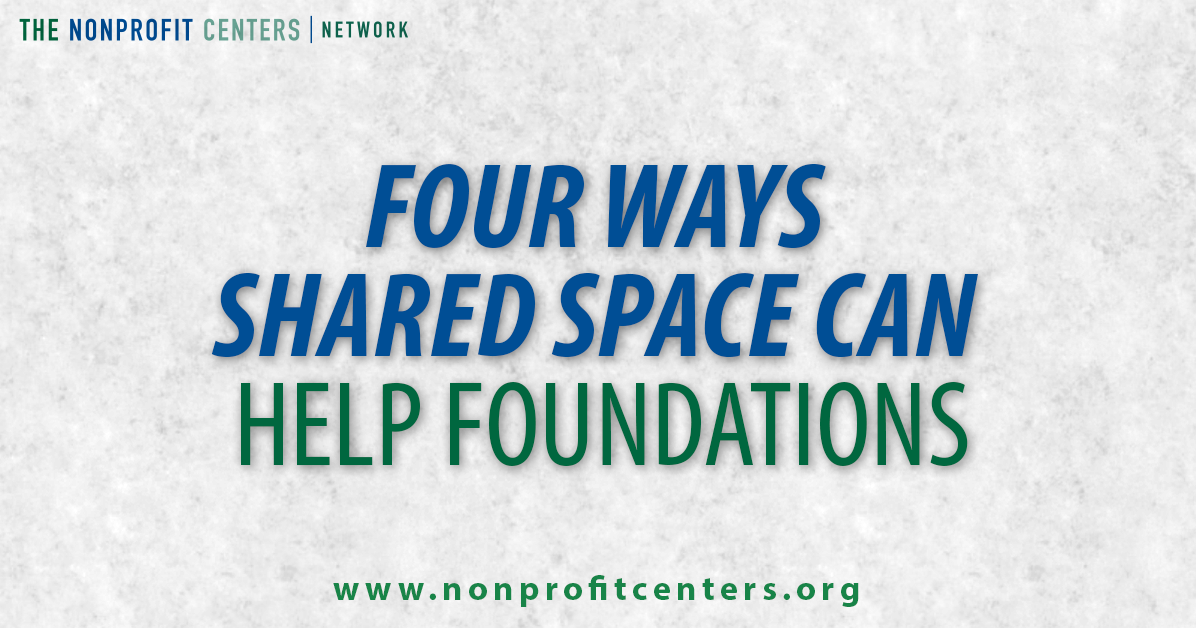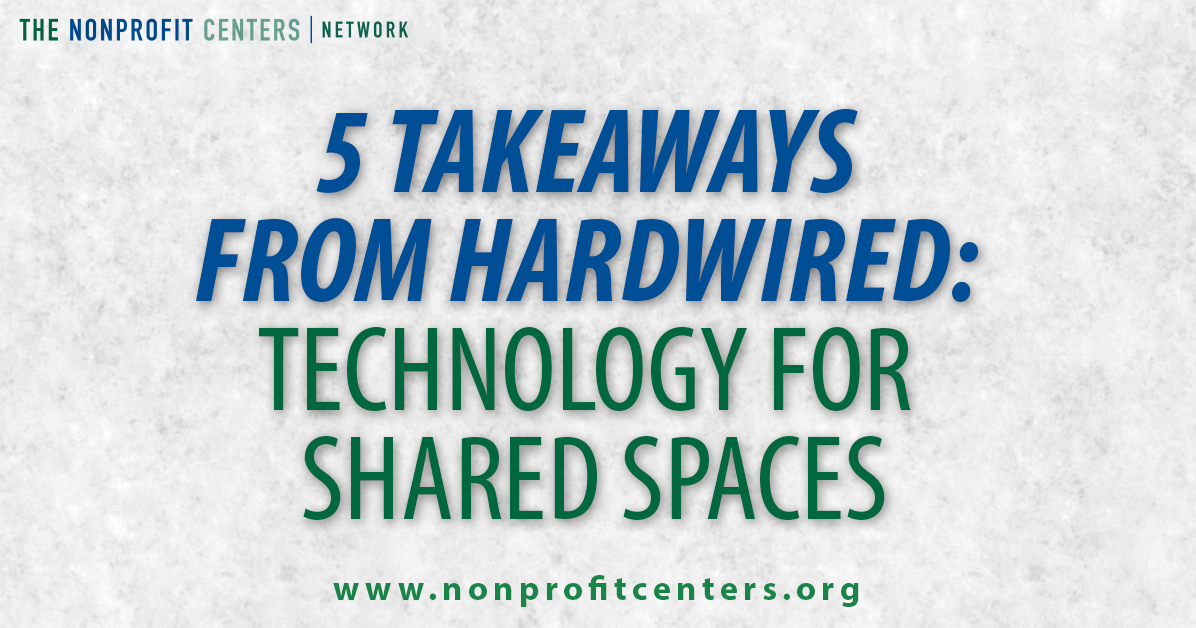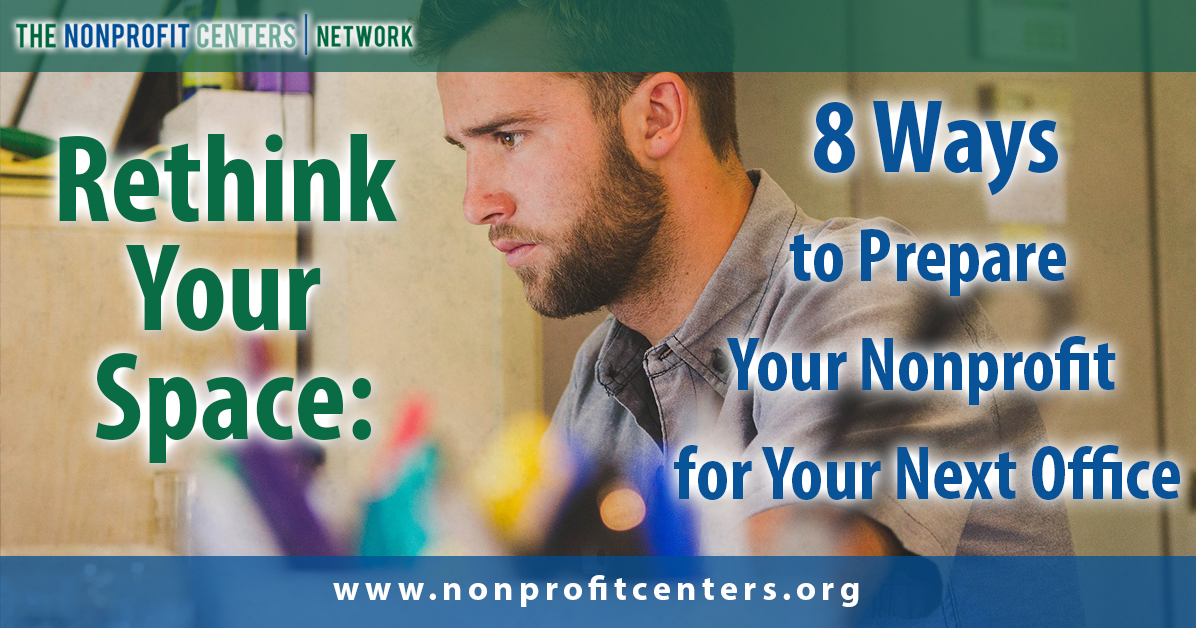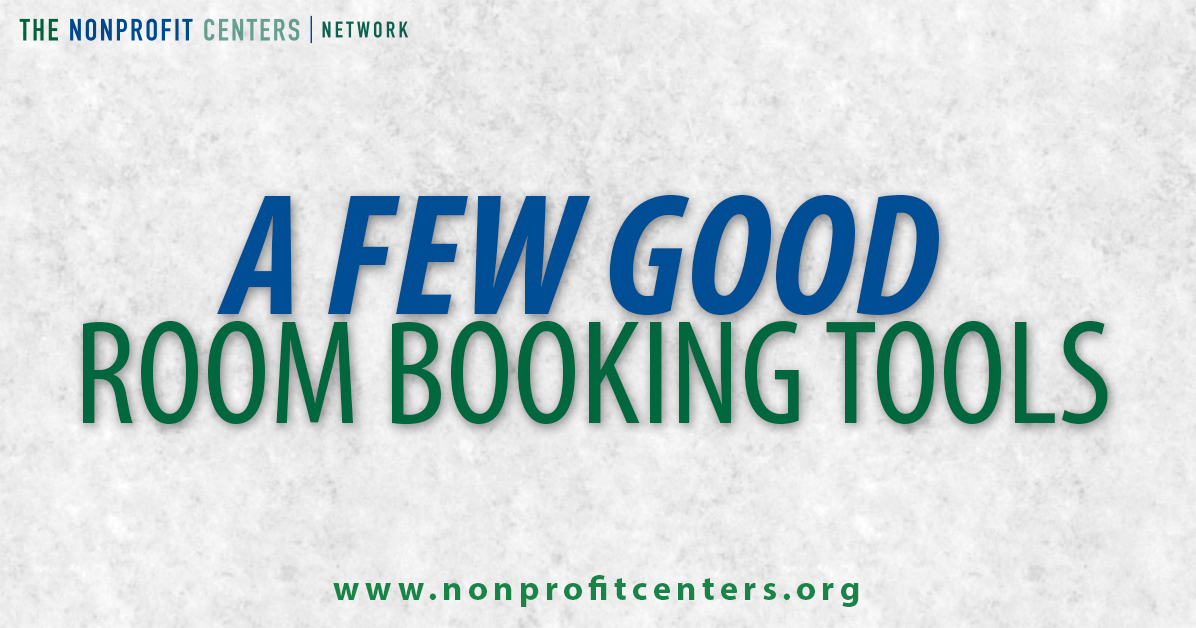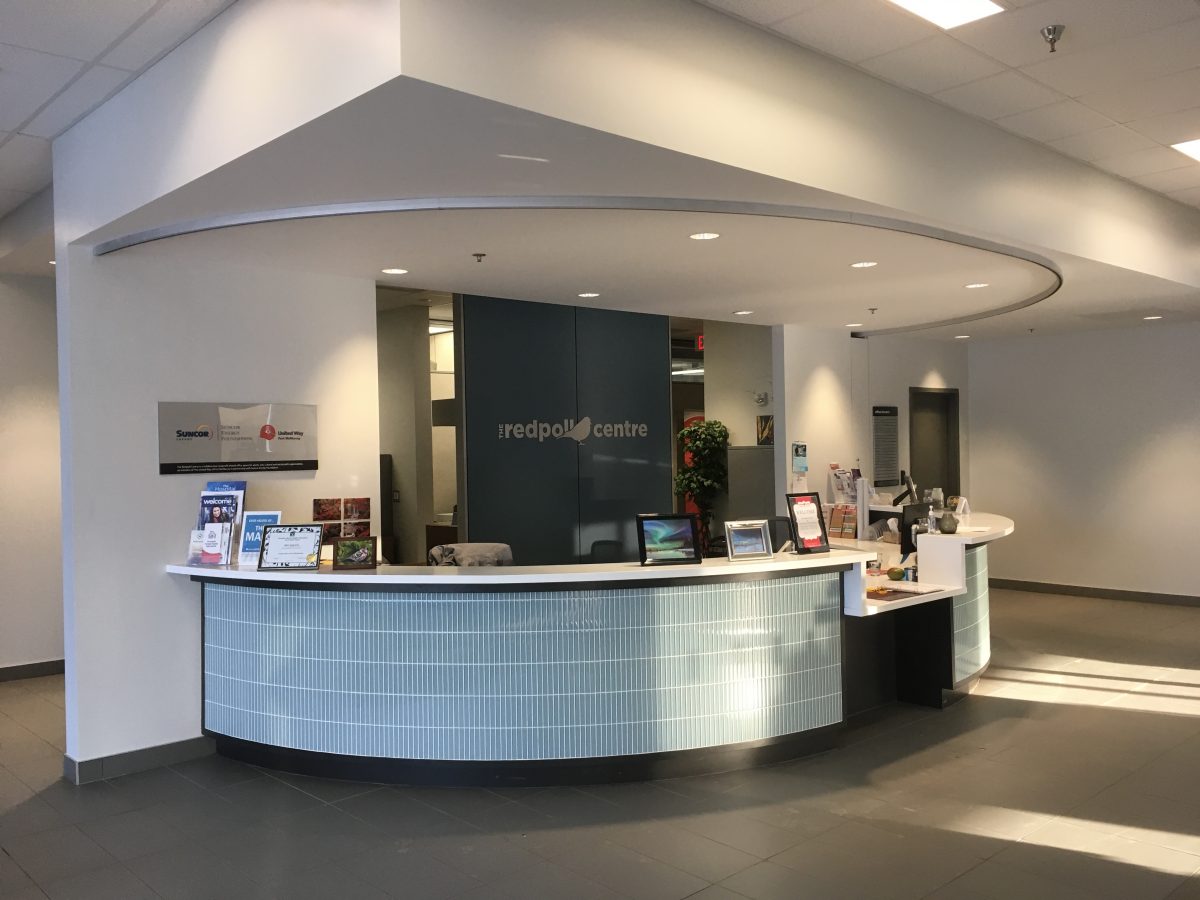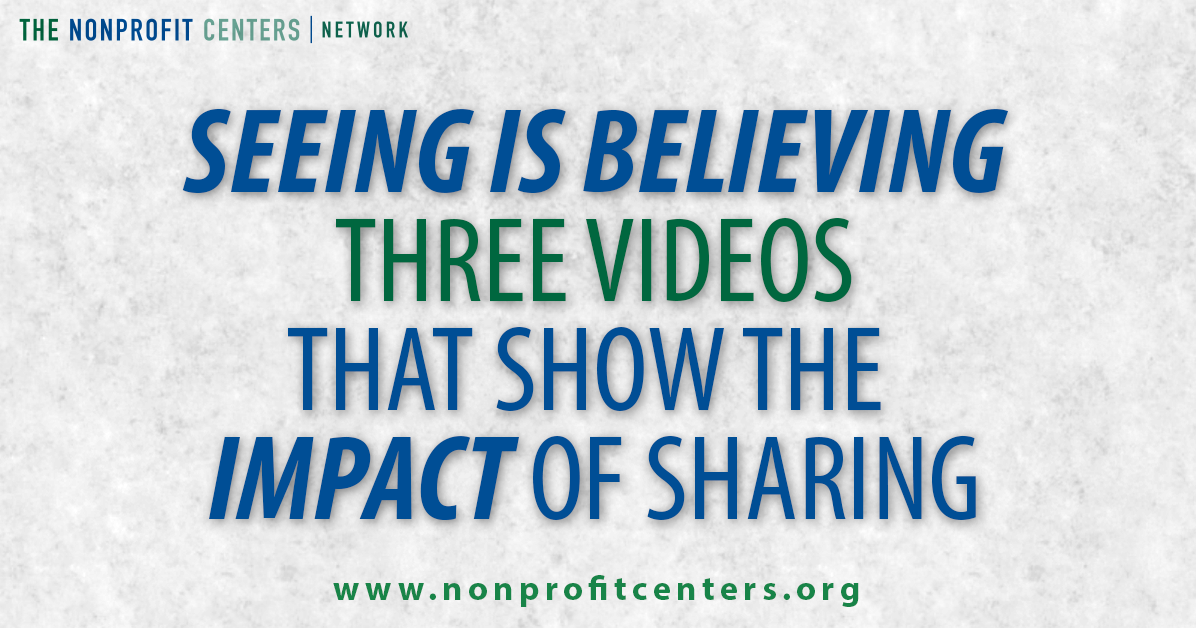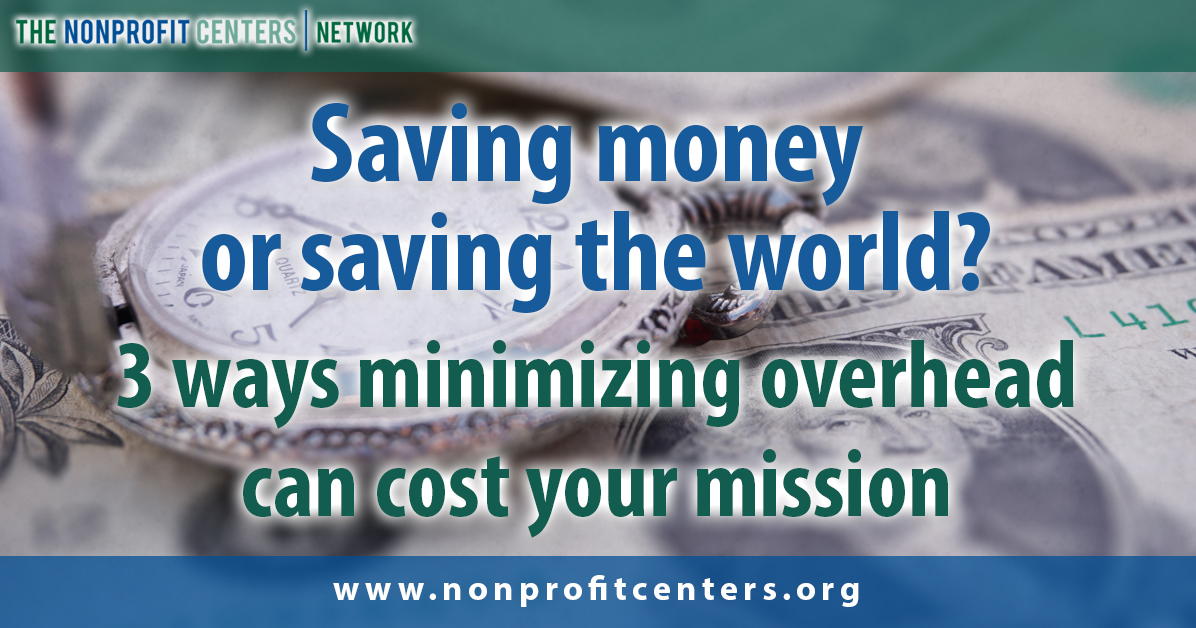Most of the time at NCN, we focus on our amazing network of shared spaces in North America, but that doesn’t mean that there aren’t shared spaces elsewhere. Over the years, we’ve learned of some amazing initiatives around the globe.
Thousands of foundations expend dollars each year on offices for their staff. What would occur if each one envisioned its physical facility as a civic space – a place for itself, its grantees and its community? What would such spaces look like? Fortunately, we find the answer to these questions in the stories of the 17 foundations described in this timely and important publication, Planting a Seed: Foundations Build Community with Shared Workspace. To borrow a phrase from John Elkington, a leader in the field of corporate global responsibility, each featured foundation has embraced a ‘triple bottom line’ approach to the design and operation of their facilities. They are creating economic, community and environmental benefits for a broad array of stakeholders. In the economic realm, building projects become investments, create long-term savings, and can create employment opportunities for residents and support local businesses. In the community realm, foundations showcase the work of their grantees, host conference centers and provide quality office space for nonprofit organizations. In the green or sustainability realm, they model energy efficiency and the use of sustainable materials to create healthy places. In addition, these facilities demonstrate how other foundations can use workspace to vividly embody their values and mission. As reported in a recent Foundation Center publication, More Than Grantmaking: A First Look at Foundations’ Direct Charitable Activities, many foundations are finding new ways to augment their grantmaking to advance their respective missions. In the report, one-quarter of the surveyed independent and family foundations now conduct such direct charitable activities, such as:
Nearly a quarter of all shared space projects are driven by foundations, whether it’s because they have many grantees conducting capital campaigns at the same time, they’re searching for new offices themselves, or they’re looking for a new way to invest in their community. We know that the philanthropic community is a valuable partner to shared spaces, but shared spaces have many benefits for foundations as well.
- A mission-related investment opportunity: Many foundations invest a portion of their endowment in real estate. Shared space offers the same opportunity with a deep local impact. The Jessie Ball duPont Fund structured the development of the Jessie Ball duPont Center so that its rents generate a reliable return on investment. While the building does not perform at the same rates as other portfolio assets, the foundation sees that the local social return is worth it.
- The ability to make in-kind grants: The Charles A. Frueauff Foundation in Little Rock, Arkansas, offers in-kind grants of office space for two to five years to qualifying nonprofits. This allows the foundation to leverage its own offices to have a greater impact.
- The chance to spark community redevelopment: The Melville Charitable Trust purchased the historic Lyceum building in the Frog Hollow neighborhood of Hartford, CT in 2003, an area that had seen decades of disinvestment and decline. Following a building renovation, the space became a hub of housing advocacy and community organizing, leading the Trust to make additional property investments in the neighborhood.
- The opportunity to be in-the-know: Many foundations that share space with other nonprofit agencies report a value from being at the center of a hub of community activity. Program officers can see first-hand the issues that affect their grantees and become a stronger community partners.
If you represent a foundation that operates a shared space, we want to hear from you. What are the benefits that you’ve seen to your practice as a funder? E-mail us at info@nonprofitcenters.org!
Takeaways from Hardwired: Technology for Shared Spaces Last week, we were joined by Greg Bugbee from Connecticut Center for Advanced Technology for new ways to think about how to design the technology that goes into a space. Here are five tips for maximizing your IT investment. Ensure form follows function. Who is going to be in your space and how will they use it? Your users should drive your IT infrastructure. Think not only about how they will act while in the building, but what they will be producing for others outside of your four walls. For example, if you have tenant partners that develop webinars or host virtual convenings, they’ll need more IT infrastructure than those that have traditional teams in the office at all times.
At some point, every nonprofit struggles with the question of whether to lease office space or whether they should buy. Board members may feel like they are “wasting” money on rent, when they could be investing in a commercial property. On the flip side, many nonprofits get in over their heads by buying a bigger building than they can sustain.
It’s happened. Your landlord isn’t going to give you the same deal on your windowless basement office as he’s given you for the last five years. You have twelve months to figure out where to move, and you don’t even know how to start. We talk to many Executive Directors in this position. Here’s some tips for you as you start the process.
Managing shared meeting space is one of the biggest challenges you face in a nonprofit center. I’ve seen everything from custom room booking systems that use room occupancy sensors to cancel room reservations to room schedules kept using pen and paper. Virtually everyone wants there to be a technology platform that does it all, at an affordable rate, or better yet for free. With the explosion of coworking space, more room booking systems are coming on to the market. Here are a few that are popular across the network.
The Redpoll Centre is social profit hub in Fort McMurray, Alberta, Canada. Home to 16 different agencies, including anchor tenant – The United Way of Fort McMurray, it offers three different meeting spaces, a spacious lunchroom, and reflection room/ resource library. The shared office space is located in Shell Place, part of the largest recreational facility in Canada.
If a picture is worth a thousand words, then what is a video worth? Here are a few of our favorite videos to showcase the model of sharing. Take a moment to check out three different models of shared space!
Theme Center: Posner Center for International Development
Denver, CO
Service Center: Together Center
Redmond, WA
Multi-Sector Center: Carroll Nonprofit Center
Westminster, MD
My consulting work takes me to all parts of the county, but so often I hear the same comments from community to community. “I can’t spend money on office space, because that takes away from my mission.” “How am I going to justify the overhead to my donors?” “If I spend $1,000 a month on office space that’s X number of people I can’t feed.” While every group I meet with has a unique flavor, the concerns are still the same. It’s an extension of the poverty mindset that most nonprofits live in. We need to move away from the idea that overhead is a necessary to evil towards thinking about all the ways that we can leverage our infrastructure to make a greater impact. Minimizing your overhead leads to other costs that can make a big impact on your work, particularly when it comes to office space.
- “Making Do” takes time, and time is money. I recently discussed finding meeting venues with a group of nonprofit leaders. Many said they were fine “making do” with free spaces in town. Those free spaces take time to find and book, not to mention set up. Sometimes you event have to buy and set up your own AV. Is spending hours setting up chairs and projectors the highest and best use of your staff time?
- The cost of decreased productivity. Free office space sometimes translates to “office space in need of major capital investment.” I recently heard the story of a nonprofit that has cheap rent, but in the summer one of the staff members must choose between running a computer or the air conditioner, due to the faulty wiring. I’ve also seen many nonprofit staff members shivering when the HVAC goes out and they can’t afford to fix it. You can’t be efficient and effective in these conditions.
- Lack of visibility. Many nonprofits operate out of church basements or off kitchen tables with a webpage, an e-mail address, or a phone number. Without a physical presence, you could be missing out on a chance to connect with your stakeholders, especially those that don’t have access to the world wide web. Having an office raises your profile with funder too. For the vast majority of nonprofit organizations, you need to be easily found.
As you’re struggling to justify the membership fee for a coworking space or a month’s rent in a nonprofit center, I encourage you to think about all the ways that being in a high quality office space helps you meet your mission. It’s worth the investment.




